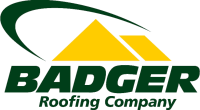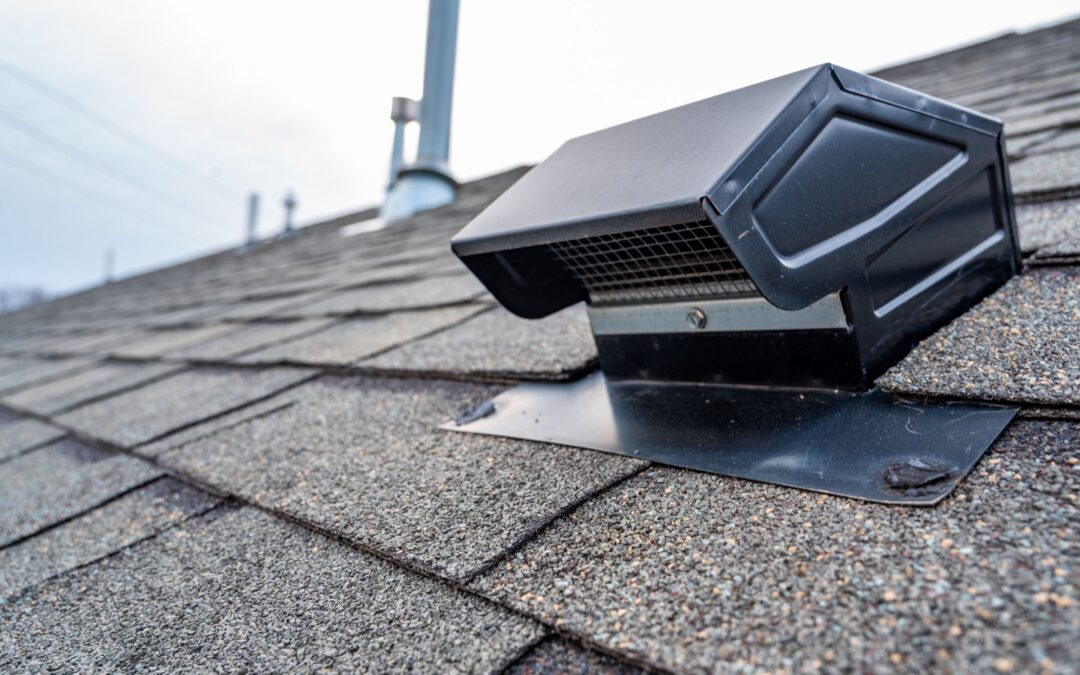When it comes to maintaining a healthy, long-lasting roof, ventilation plays a crucial role. Proper airflow helps protect your roof, improve your home’s energy efficiency, and create a more comfortable living environment. Let’s dive into the roof ventilation benefits and why every homeowner should prioritize this essential aspect of home care.
What is Roof Ventilation?
Roof ventilation is a system designed to regulate airflow in your attic by balancing the intake and exhaust of air. A typical setup includes intake vents, located at the roof’s edge or soffits, and exhaust vents at the peak or ridge. Together, these vents allow fresh air to circulate through the attic while expelling warm, moist air.
This airflow is critical for maintaining a stable environment in your attic, which directly impacts your roof’s health. Without proper roof ventilation, heat and moisture can build up, leading to structural damage, higher energy costs, and reduced indoor comfort.
Top Benefits of Proper Roof Ventilation
1. Extends Roof Lifespan
Ventilation prevents the buildup of heat and moisture in your attic, which can weaken shingles, warp wooden structures, and promote mold growth. By managing these elements, you’re taking a significant step toward roof lifespan improvement.
2. Improves Energy Efficiency
Proper airflow helps regulate temperatures in your attic, reducing the strain on your HVAC system. This results in lower heating and cooling costs, making energy efficiency roofing a smart investment for any homeowner.
3. Prevents Mold and Rot
Excess moisture in an unventilated attic can lead to mold growth and wood rot. Ventilation keeps the space dry, protecting both the roof and the structural integrity of your home.
4. Boosts Home Comfort
With the right ventilation system, your home remains cooler in summer and warmer in winter. Stabilizing indoor temperatures is not only comfortable but also helps lower energy bills.
Common Signs of Poor Roof Ventilation
If your roof lacks proper ventilation, you may notice the following warning signs:
- Hot or Stuffy Attic Spaces: Excess heat in your attic indicates poor airflow.
- Increased Energy Bills: Rising cooling or heating costs could mean your HVAC system is overworking due to attic heat buildup.
- Ice Dams in Winter: Inadequate ventilation can cause snow on your roof to melt unevenly, leading to damaging ice dams.
- Peeling Paint or Warped Shingles: Trapped moisture often causes exterior paint to peel or shingles to warp, signaling the need for ventilation improvements.
Tips for Improving Roof Ventilation
1. Conduct Regular Inspections
Routine inspections help identify ventilation issues early. Look for clogged vents, water stains, or any signs of trapped heat or moisture.
2. Upgrade Intake and Exhaust Vents
Adding or upgrading vents can significantly improve airflow. Ridge vents, soffit vents, and gable vents are excellent options to enhance attic ventilation tips.
3. Consult Professional Roofing Contractors
For advanced solutions tailored to your home’s needs, work with experts who understand the complexities of roof ventilation. They can assess your attic’s airflow and recommend the best improvements.
Prioritize Proper Roof Ventilation
Ensuring your roof has adequate ventilation is one of the best ways to protect your home and extend its lifespan. From improving energy efficiency to preventing costly repairs, the benefits are undeniable. If you’re unsure about your roof’s ventilation, contact Badger Roofing today. Our team specializes in evaluating and improving ventilation systems to ensure your home stays protected for years to come.

